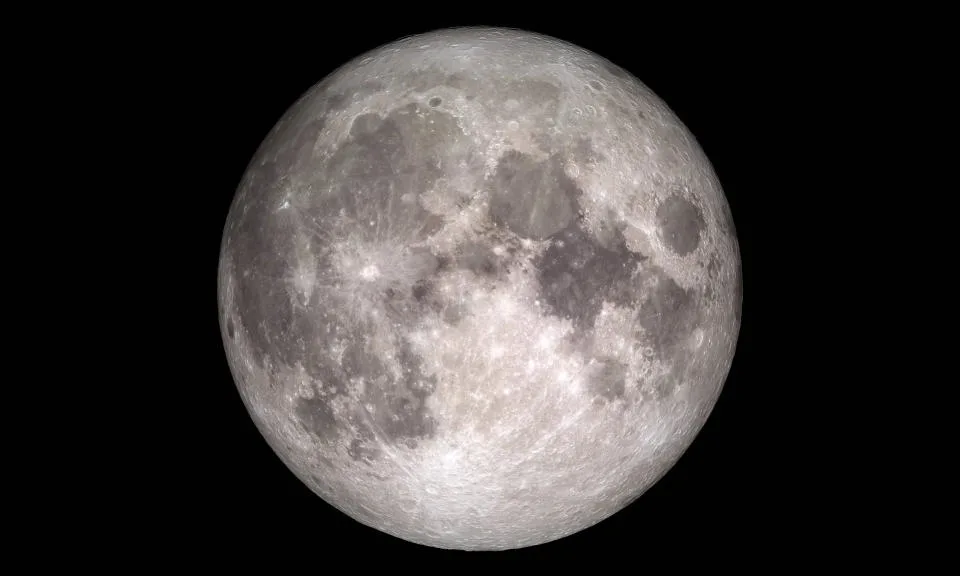NASA confirmed on Friday that it’s developing a new lunar time system for the Moon. The White House published a policy memo in April, directing NASA to create the new standard by 2026. Over five months later (government time, y’all), the space agency’s confirmation states it will work with “U.S. government stakeholders, partners, and international standards organizations” to establish a Coordinated Lunar Time (LTC).
To understand why the Moon needs its own time zone, look no further than Einstein. His theories of relativity say that because time changes relative to speed and gravity, time moves slightly faster on our celestial neighbor (because of its weaker gravity). So, an Earth clock on the Moon would gain about 56 microseconds a day — enough to throw off calculations that could put future missions requiring precision in danger.
“For something traveling at the speed of light, 56 microseconds is enough time to travel the distance of approximately 168 football fields,” said Cheryl Gramling, NASA timing and standards leader, in a press release. “If someone is orbiting the Moon, an observer on Earth who isn’t compensating for the effects of relativity over a day would think that the orbiting astronaut is approximately 168 football fields away from where the astronaut really is.”
April’s White House memo directed NASA to work with the Departments of Commerce, Defense, State and Transportation to plot the course for LTC’s introduction by the end of 2026. Global stakeholders, particularly Artemis Accords signees, will play a role. Established in 2020, the agreements include a growing collection of 43 countries committed to norms expected to be honored in space. Notably, China and Russia have refused to join.
NASA’s Space Communication and Navigation (SCaN) program will lead the initiative. One of LTC’s goals is to be scalable to other celestial bodies in the future, including Mars. The time standard will be determined by a weighted average of atomic clocks on the Moon, although their locations are still up for debate. Such a weighted average is similar to how scientists calculate Earth’s Coordinated Universal Time (UTC).
NASA plans to send crewed missions back to the Moon through its Artemis program. Artemis 2, scheduled for September 2025, plans to send four people on a pass around the Moon. A year later, Artemis 3 aims to land astronauts near the Moon’s South Pole.

